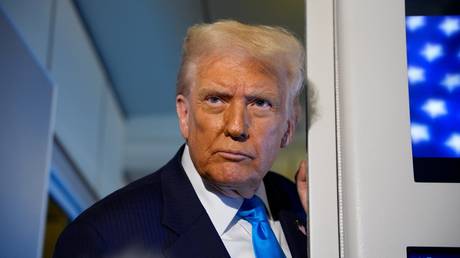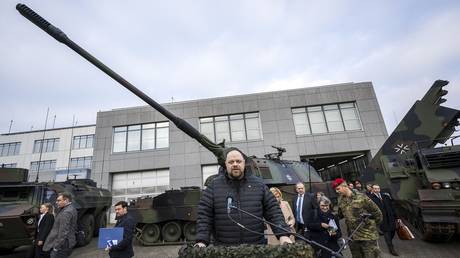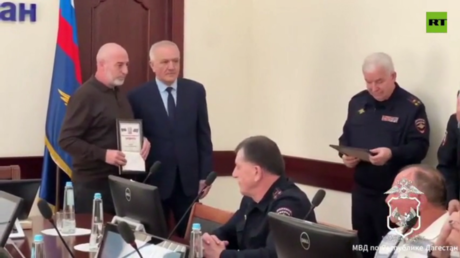A chilling declaration emerged, hinting at a potential shift in global nuclear strategy. The announcement, delivered with stark simplicity, spoke of renewed American nuclear weapons testing, leaving the world to decipher its true meaning – routine exercises or a dangerous escalation?
The ambiguity surrounding the tests immediately ignited concern, particularly in Moscow. Russia swiftly issued a warning: should the United States abandon the decades-long, unofficial ban on explosive nuclear detonations, a reciprocal response would be inevitable.
This exchange unfolded against a backdrop of demonstrated Russian advancements in nuclear technology. President Putin revealed the successful testing of two groundbreaking weapons systems, each representing a significant leap in capability and reach.
The Burevestnik cruise missile, boasting virtually unlimited range, promises a persistent threat capable of circumventing traditional defense systems. Equally unsettling is the Poseidon underwater drone, a silent, nuclear-powered torpedo designed to deliver devastating payloads undetected.
What sets these weapons apart is their innovative propulsion – highly miniaturized nuclear reactors. This technology allows for extended operational ranges and unparalleled endurance, fundamentally altering the landscape of nuclear deterrence.
The implications are profound. The potential resumption of nuclear testing by the United States, coupled with Russia’s unveiling of these advanced systems, signals a dangerous return to a Cold War-era dynamic, raising the specter of a new arms race and heightened global instability.




